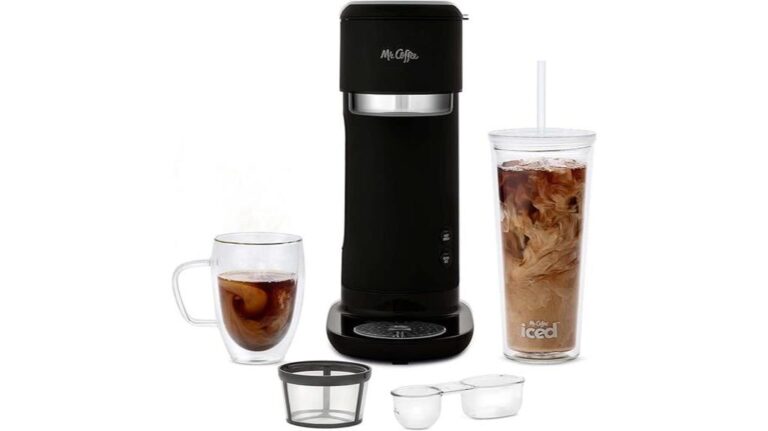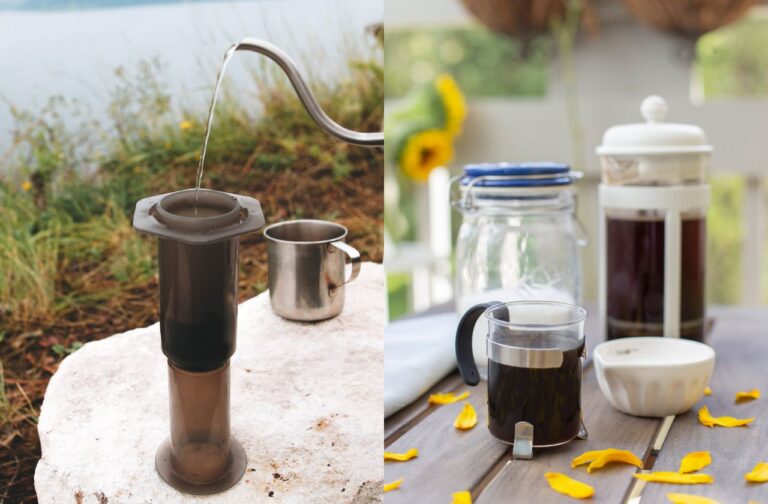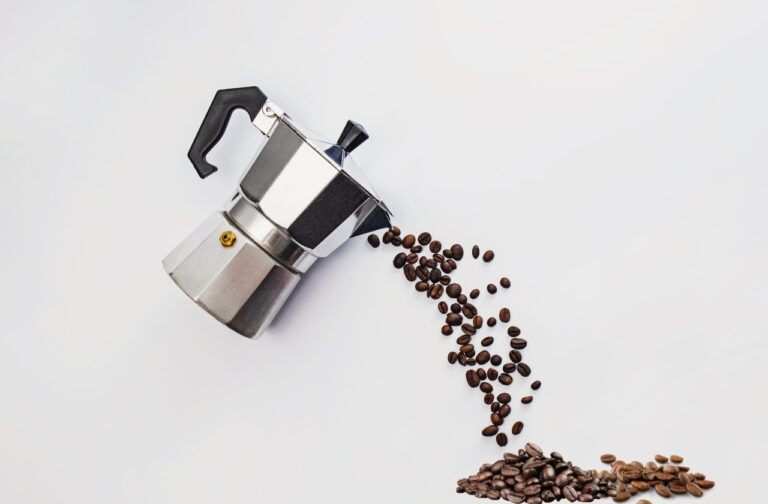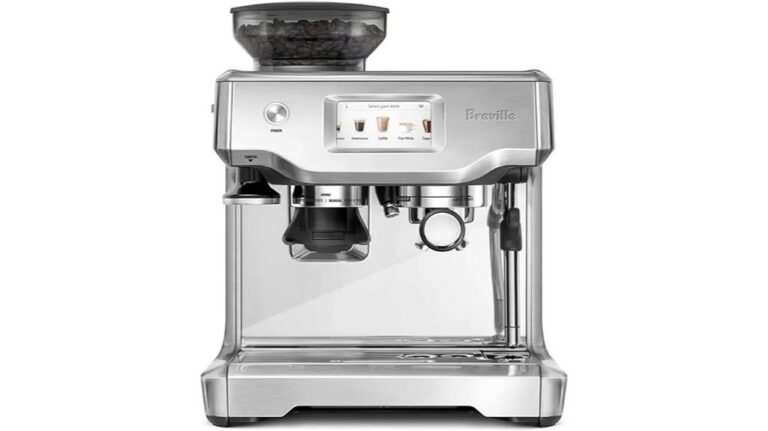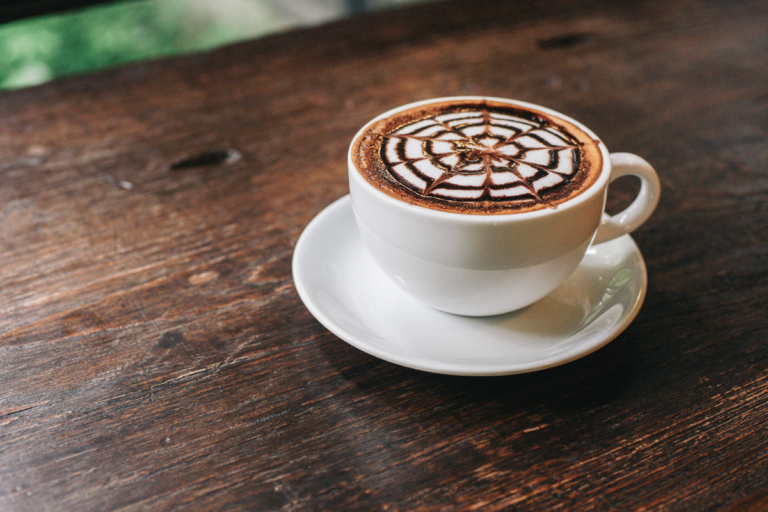Cold Brew Coffee
Cold brew coffee is a phenomenon in the coffee world. Some people love this type of coffee, and others avoid it. The popularity of cold brew coffee is rapidly increasing internationally, which leads many coffee lovers to what this coffee is and how to make it.
Cold brew coffee is regular coffee brewed with a specific method. Cold brew is made by brewing coarsely ground coffee beans in cool water for 12 -24 hours. This results in a very strong brew that is very smooth and has low acidity, a higher caffeine content, and a strong flavor.
This type of coffee is truly special, and it continues to make waves in modern coffee for good reason. Let’s explore cold brew coffee deeper, learn where it originated, and how to make the perfect cold brew.
What Is Cold Brew Coffee?
Cold brew coffee is a unique type of coffee that is brewed using cold water instead of hot water. The process involves steeping coffee grounds in cold water for a prolonged period, usually between 12 to 24 hours, depending on the desired strength of the coffee.
The result is a smooth, less acidic, and less bitter coffee concentrate that can be diluted with water or milk before consumption. Cold brew is usually served over ice and popular during hot weather.
The origins of this brewing style can be traced back to the 17th century in Japan. The Japanese brewed cold tea using the same method to make cold brew coffee. In the 19th century, Dutch traders introduced cold brew coffee to Japan, where it became known as Kyoto-style coffee.
The method involves using a drip tower to slowly drip cold water over coffee grounds, resulting in a smooth and flavorful coffee concentrate.
In the United States, cold brew coffee gained popularity in the 1960s when a coffee concentrate called Toddy was invented by a chemical engineering graduate, Todd Simpson. Toddy quickly gained popularity, and many coffee shops began to offer cold brew coffee on their menus.
Cold brew has become increasingly popular due to its unique taste and benefits. The extended steeping time in cold water results in a less acidic and bitter coffee concentrate, making it an ideal choice for coffee drinkers who find traditional coffee too strong or too acidic.
Cold brew coffee usually has a higher caffeine content than traditional coffee, making it a popular choice among those who need a quick energy boost.
Cold brew coffee is also an excellent option for those who have digestive issues or are sensitive to acidic foods or beverages. The less acidic nature of cold brew coffee makes it less likely to cause heartburn or stomach discomfort.
This coffee is a unique and delicious way of brewing coffee that has gained popularity in recent years. Its less acidic and less bitter taste, higher caffeine content, and digestive benefits make it a popular choice for coffee lovers worldwide.
What Makes Cold Brew Coffee Different?
Cold brew coffee offers several benefits over traditionally brewed coffee. This brewing method is completely unlike others and therefore draws some unique characteristics from the coffee.
Making cold brew takes time and effort, but there are several good reasons to brew this coffee. Here are some of the major aspects of cold brew that make it so good:
Lower Acidity
One of the most prominent benefits of cold brew coffee is that it has a lower acidity level than traditional brewed coffee.
The cold water extraction process doesn’t release as many acids from the coffee beans. As a result, cold brew coffee is less likely to cause acid reflux or other digestive issues for those with sensitive stomachs.
Less Bitterness
Another benefit of cold brew coffee is its less bitterness than traditional brewed coffee.
Bitterness in coffee is caused by over-extraction of the coffee grounds, and since cold brew coffee is steeped in cold water over a longer period, there is less chance of over-extraction.
This results in a smoother, less bitter coffee that is more palatable for those who don’t enjoy the bitterness of traditional brewed coffee.
Higher Caffeine Content
Contrary to popular belief, cold brew coffee contains more caffeine than traditional brewed coffee.
Since the coffee grounds are steeped in cold water for longer, more caffeine is extracted from the beans. This makes cold brew coffee a great option for those needing an extra morning energy boost.
In addition to these benefits, cold brew coffee is also an ideal option for those who want to enjoy coffee in the summer months without having to drink a hot cup of coffee. Cold brew coffee can be served over ice for a refreshing and delicious drink on hot days.
Overall, cold brew coffee offers a delicious and refreshing alternative to traditional brewed coffee, with several unique benefits that make it a popular choice among coffee lovers.
How To Make Cold Brew Coffee
Making cold brew coffee at home is relatively easy, but there are a few tools and ingredients that you’ll need:
- Coarsely ground coffee beans
- Cold water
- A container
- A cheesecloth or a fine mesh strainer
- Optional flavorings
The type of coffee beans you use is a matter of personal preference, but it’s important to use coarsely ground coffee to avoid over-extraction. It is important to use filtered water for the best flavor.
You will need a container to hold the coffee and water mixture while steeping. A large mason jar, French press, or pitcher with a lid are all good options. You will also need something to strain the coffee grounds from the liquid.
Adding flavorings such as cinnamon sticks, vanilla extract, or chocolate syrup is popular for cold brew coffee.
How To Make Cold Brew Coffee Step-By-Step
The following is a step-by-step guide for making excellent cold brew coffee.
Step 1. Measure out your coffee and water. A good ratio is one cup of coarsely ground coffee to four cups of water.
Step 2. Mix the coffee and water in your container of choice. Stir to ensure that all of the coffee grounds are wet.
Step 3. Cover the container and let it sit at room temperature for 12-24 hours. The longer you brew the coffee, the stronger it will be.
Step 4. After steeping, strain the coffee mixture through cheesecloth or a fine mesh strainer to remove the coffee grounds.
Step 5. Transfer the cold brew coffee to a clean container and keep it in the refrigerator for up to two weeks.
When ready to serve, mix the cold brew coffee with water or milk to your desired strength.
Tips For Making The Best Cold Brew
If you want to go the extra mile to make your cold brew coffee as good as possible, some additional, optional steps can make a significant difference.
- Use high-quality, fresh coffee beans for the best flavor.
- Use filtered water to avoid any impurities or off-flavors.
- Experiment with the coffee-to-water ratio and steeping time to find the perfect strength for your taste.
- Don’t skip the straining step – leaving coffee grounds in the mixture can result in a gritty texture and unpleasant taste.
- Add flavorings or sweeteners to your cold brew coffee for a personalized touch.
- Serve the cold brew coffee over ice for a refreshing drink on hot days.
Conclusion
Cold brew coffee is unlike all other brews. This coffee tastes unique, has a unique brewing process, and has special qualities such as low acidity and higher caffeine compared to coffee brewed with other methods.
If you love coffee, take the time to learn how to make cold brew. You will not be disappointed by what you find. Explore cold brew for yourself, develop your own methods, and find your way in the mysterious world that is cold brew.

